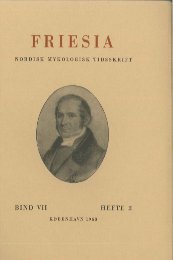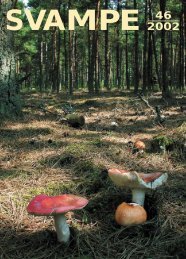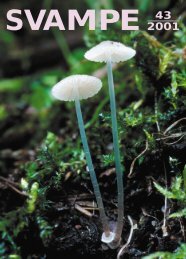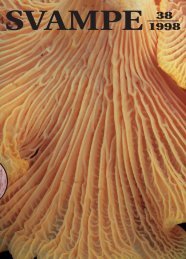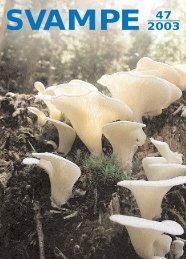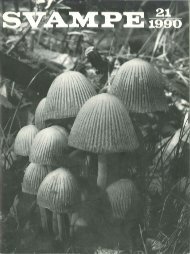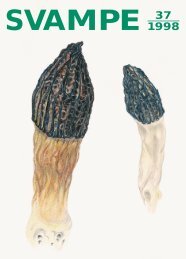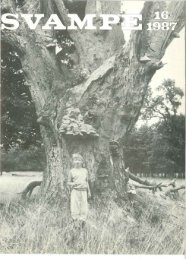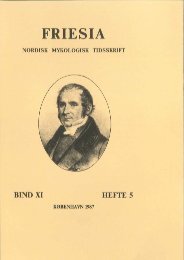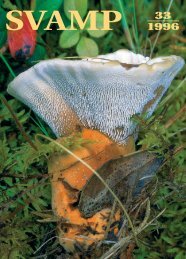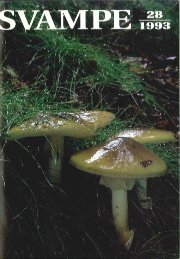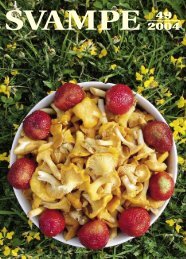Friesia X, 4-5
Friesia X, 4-5
Friesia X, 4-5
Create successful ePaper yourself
Turn your PDF publications into a flip-book with our unique Google optimized e-Paper software.
- 212 -<br />
is driven ashore during westerly autumn storms (Fig. 1) and generally<br />
remains at t he base of the dune until t he following May. At t he start<br />
of the bathing season it is removed by public authorities and private<br />
bodies as part of beach cleansing activities and in July-September<br />
only a few fragments remain. The most fa vourable period for collecting<br />
is thus in April when the wood has remained undisturbed on the<br />
beach for at least six months. Had the wood not been r emoved in<br />
early summer or disturbed in the rat her intensive bathing season,<br />
the best yield would undoubt edly be obtained from t he middle of<br />
August t o the end of September.<br />
ME THOD S<br />
In collecting marine fungi from driftwood washed ashore it would<br />
at first sight appear natural to consider as a whole all wood marked<br />
by soft rot and erosion lying on the beach. However, during the investigation<br />
it became evident that the wood samples from the water's<br />
edge, the middle beach, and the upper beach supported different<br />
groups of fungi and thus the collections from these three zones were<br />
kept separate.<br />
By means of a magnifying glass and a knife the driftwood fragments<br />
were examined for the small, sparse, single perithecia which<br />
may be located on the surface of the wood or immersed with only the<br />
orifices visible. Only the most promising pieces were taken for examination<br />
under the microscope.<br />
As far as possible the samples collected were investigated in the<br />
laboratory while the wood was still in the same condition as when<br />
found, and drying was carried out after the fungi had been identified.<br />
In the majority of cases, however, the surface of the wood had dried<br />
out to such an extent that a brief period of softening under running<br />
water proved necessary, A few samples were placed in a humid<br />
chamber for 4-5 months and subsequently re-examined. Some of the<br />
collections obtained in this way are incorporated in the following and<br />
in these cases a note is given concerning the origin. The collections<br />
were limited to driftwood which showed signs of manufacture and<br />
thus do not inelude fungi on, for example, twigs, bark or root fragments.<br />
The material was collected within a total distance of 3-5 km.<br />
During the period between the localization of a driftwood sample<br />
to its inc1usion in the collection, the sample was evaluated several<br />
times. Many samples were omitted at each stage and the collections



